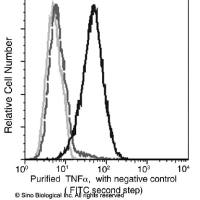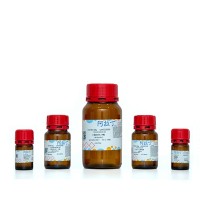The Mouse Defense Test Battery: A Model Measuring Different Facets of Anxiety-Related Behaviors
互联网
互联网
相关产品推荐

Mouse Reactive Alzheimer's Disease Model Microglia Phenotyping IF Antibody Sampler Kit
¥500

Estrogen Related Receptor gamma Rabbit pAb(bs-6213R)-50ul/100ul/200ul
¥1180

TNF-alpha / TNFA / TNFSF2 Antibody, Mouse MAb | TNF-alpha / TNFA / TNFSF2 鼠单抗
¥800

TCR Valpha24-Jalpha18 (iNKT cell) Mouse mAb (FITC);已验证, Ex:498nm, Em:517nm, 5 μL/test;K14698-10T
¥500

OFET微型探针,Measuring Adaptor for Back-Gated OFET Interdigitated Substrates,阿拉丁
¥21440.90
相关问答

